Push-Button Gunsmithing and the Long Arm of the Law

To be clear, these two designs are not world-shaking developments. While the AR-15 grip and receiver are critical parts of the semiautomatic rifle, they're not sufficient to make a working weapon on their own. Conversely, the handgun – called “Liberator” by Defense Distributed – is a nearly-complete design (needing only a penny nail for a firing pin), but it can manage only a few shots before falling apart. It’s essentially a 3D printed zip gun. Nobody's going to start an army with 3D printed weaponry... today.
Tomorrow is a different story: within the decade, it's entirely likely that we'll see a completely functional, high quality semiautomatic (or even fully-automatic) rifle being produced via 3D printing. Many people would consider that to be a bad thing, or at least something requiring close supervision. But what are the realistic options?
Here's the core problem: you can't just tell a 3D printing system not to make a gun. You might be able to tell a system that it can't print out a specific design or file, assuming that you can lock down to printer's operating system so that it can't be altered. But in that scenario, how would you stop the design of a firearm made up of printed components that don't look like gun parts? And even if you could somehow restrict the ability of a printer to make a weapon, any 3D printer able to produce a high-quality firearm would almost certainly be able to print out another 3D printer, this time without the restrictions. This is by no means an outrageous or speculative proposition. Among the earliest-available low-cost 3D printers was (and is) the RepRap -- the Replicating Rapid-Prototyper (an older term for 3D printer).
Senator Schumer seems to be pushing to add 3D printed guns to the existing prohibition on firearms that can't be detected by metal detectors. This would focus on the possession of the weapon, and seems reasonable. State Senator Yee, however, may have bigger ideas:
He’s concerned that just about anyone with access to those cutting-edge printers can arm themselves.
“Terrorists can make these guns and do some horrible things to an individual and then walk away scott-free, and that is something that is really dangerous,” said Yee.
He said while this new technology is impressive, it must be regulated when it comes to making guns. He says background checks, requiring serial numbers and even registering them could be part of new legislation that he says will protect the public.
It's ambiguous, but Yee here is probably talking about checks, serial numbers and such for printed guns. However, he may be referring to the printers themselves as needing controls. And even if Yee isn't yet taking that step -- he has yet to introduce the legislation -- someone else will. But how can you control something that can replicate and evolve?

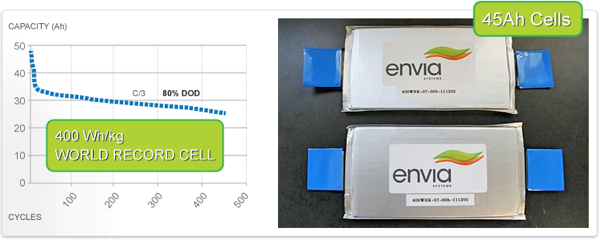


 What does a future world of photovoltaic material look like? How do smart walls, "Watt Torrent" power-sharing networks, and electric hyperbikes sound to you? In
What does a future world of photovoltaic material look like? How do smart walls, "Watt Torrent" power-sharing networks, and electric hyperbikes sound to you? In 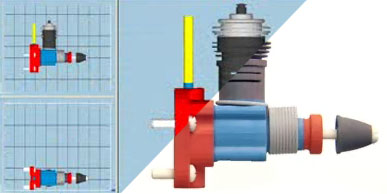 I write
I write 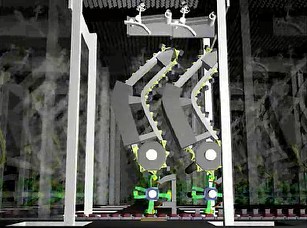 (Cue "
(Cue "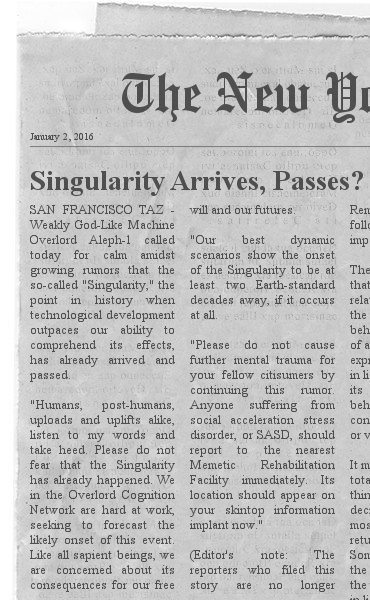
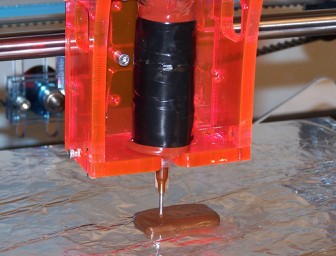 Okay, it's not Wonka, but still: it's a fabber used to make chocolate bars!
Okay, it's not Wonka, but still: it's a fabber used to make chocolate bars! 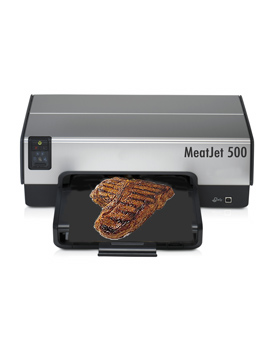 One of the odder manifestations of the fabrication future may well revolutionize the world of medicine -- and quite possibly change how we eat and offer a new way to fight global warming, too.
One of the odder manifestations of the fabrication future may well revolutionize the world of medicine -- and quite possibly change how we eat and offer a new way to fight global warming, too. Lots of good observations in the comments to my post from a few days ago,
Lots of good observations in the comments to my post from a few days ago, 
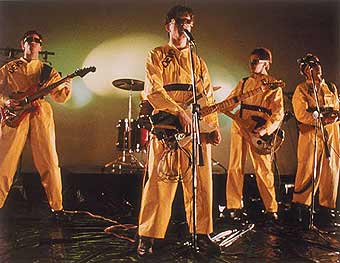 I'm posting this via a computer I haven't used for a few months. My current machine, a 2.0 GHz MacBook, began this morning to exhibit the "random shutdown syndrome" that apparently afflicts most of the units made prior to July or August. I've now sent it off to the mothership for a brain transplant.
I'm posting this via a computer I haven't used for a few months. My current machine, a 2.0 GHz MacBook, began this morning to exhibit the "random shutdown syndrome" that apparently afflicts most of the units made prior to July or August. I've now sent it off to the mothership for a brain transplant. I often cite molecular nanotechnology as a transformative technology because of its significant potential implications, especially societal implications. In principle, given inputs of relatively common raw materials (including materials recycled from objects no longer in use), a full-fledged nanofabrication device would be able to build an array of goods limited more by design availability than by system capacity, from clothing to calculators to combat rifles (and, of course, copies of itself). Even if this is just a subset of the products that people normally buy, such a device would still wreak havoc upon traditional economic models.
I often cite molecular nanotechnology as a transformative technology because of its significant potential implications, especially societal implications. In principle, given inputs of relatively common raw materials (including materials recycled from objects no longer in use), a full-fledged nanofabrication device would be able to build an array of goods limited more by design availability than by system capacity, from clothing to calculators to combat rifles (and, of course, copies of itself). Even if this is just a subset of the products that people normally buy, such a device would still wreak havoc upon traditional economic models.  Three men in Shanghai were
Three men in Shanghai were 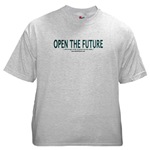 Okay, so I'm the last kid on the block to do this, and it has long been considered kind of silly... but I went ahead and set up
Okay, so I'm the last kid on the block to do this, and it has long been considered kind of silly... but I went ahead and set up